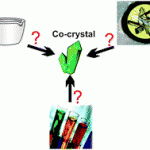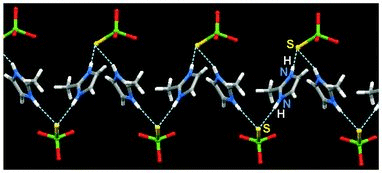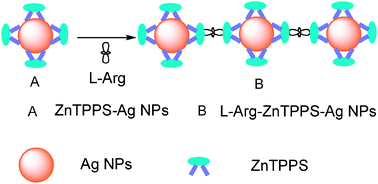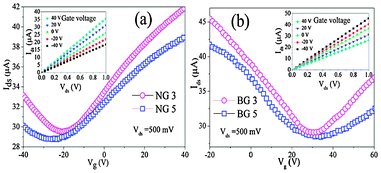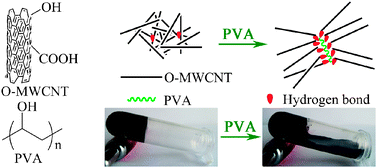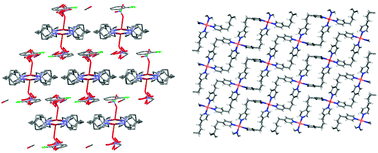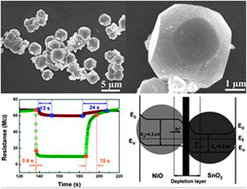The following articles are free for you to read for a limited time only!
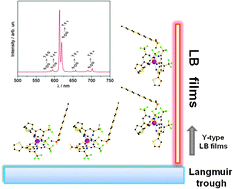 |
Synthesis of a functionalized europium complex and deposition of luminescent Langmuir–Blodgett (LB) films by Renata D. Adati, Felippe J. Pavinatto, Jorge H. S. K. Monteiro, Marian R. Davolos, Miguel Jafelicci and Osvaldo N. Oliveira, New J. Chem., 2012, Advance Article DOI: 10.1039/C2NJ40199AThis paper will be a cover of NJC‘s October 2012 issue. |
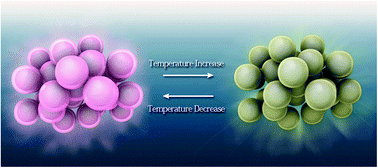 |
An amorphous array of poly(N-isopropylacrylamide) brush-coated silica particles for thermally tunable angle-independent photonic band gap materials by Yoshie Gotoh, Hiromasa Suzuki, Naomi Kumano, Takahiro Seki, Kiyofumi Katagiri and Yukikazu Takeoka, New J. Chem., 2012, Advance Article DOI: 10.1039/C2NJ40368DThis work will be featured as a cover of the November 2012 issue. |
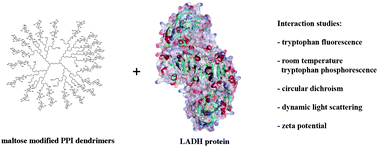 |
Impact of maltose modified poly(propylene imine) dendrimers on liver alcohol dehydrogenase (LADH) internal dynamics and structure by Michal Ciolkowski, Inessa Halets, Dzmitry Shcharbin, Dietmar Appelhans, Brigitte Voit, Barbara Klajnert and Maria Bryszewska, New J. Chem., 2012, Advance Article DOI: 10.1039/C2NJ40406K |
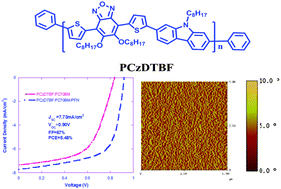 |
Highly efficient polymer solar cells based on poly(carbazole-alt-thiophene-benzofurazan) by Bin Zhang, Xiaowen Hu, Minquan Wang, Huiping Xiao, Xiong Gong, Wei Yang and Yong Cao, New J. Chem., 2012, Advance Article DOI: 10.1039/C2NJ40309A |











